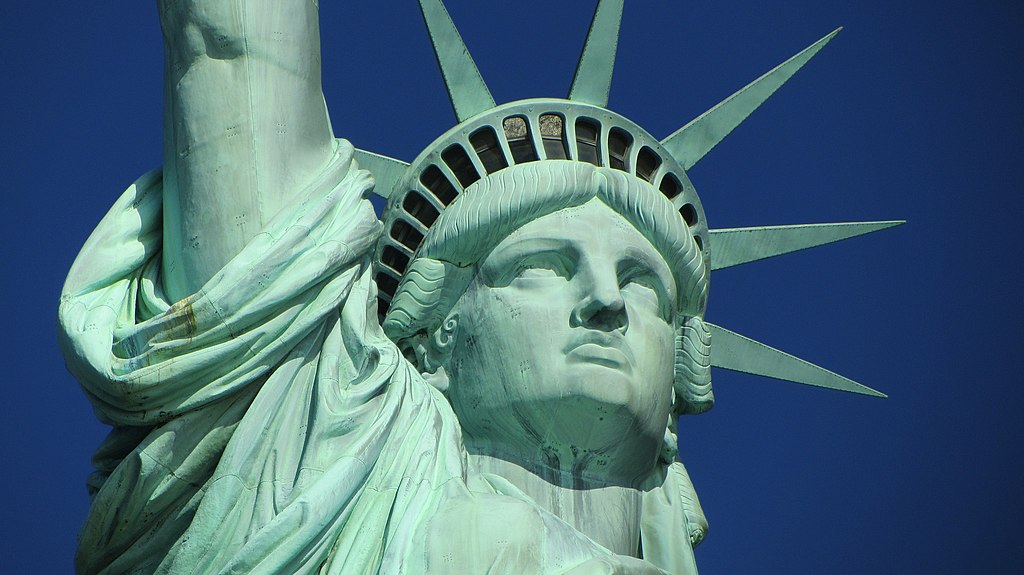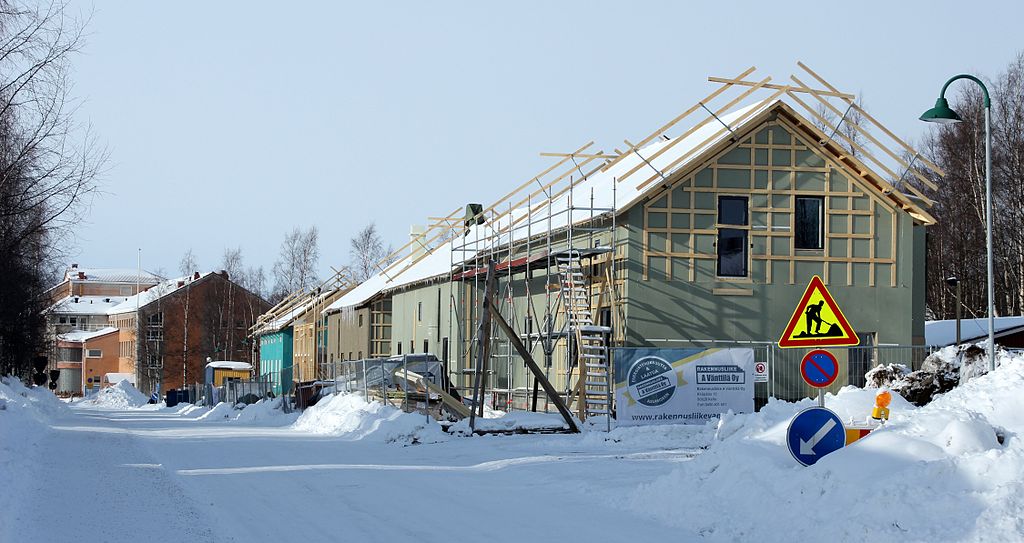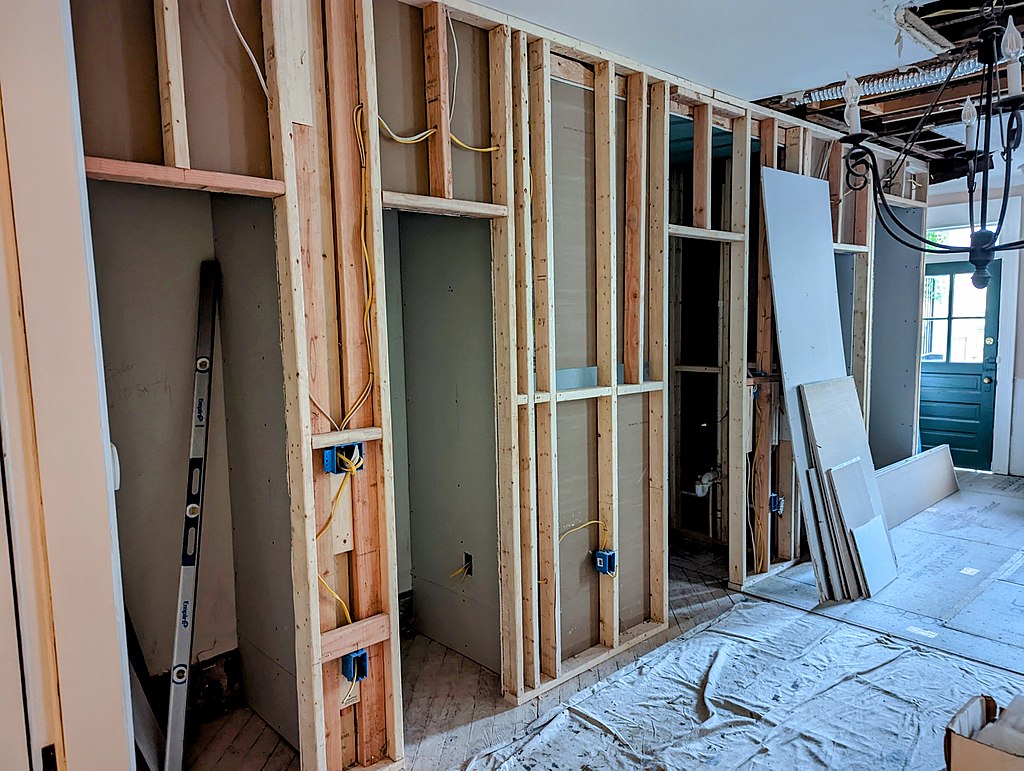Since its dedication on October 28, 1886, the Statue of Liberty has served as a symbol of American freedom to citizens and tourists who visit Liberty Island each year.
Maintaining the statue remains an enormous undertaking. Renovations in the 1930s, 1980s and intermittently to the present day have helped keep the Statue of Liberty in relatively good condition.
Designated a UNESCO World Heritage Site in 1984, the Statue of Liberty serves as a beacon for peace, humanity and freedom worldwide. In 2021, an estimated 1.5 million people visited Liberty Island.
In 2019, the Statue of Liberty Museum officially opened. The museum tells the story of the Statue of Liberty and Liberty Island to those who visit.
Early Renovation Projects
The United States Department of War cared for the statue until 1933, when President Franklin Roosevelt appointed the National Parks Service as its new caretaker. Over the next five years, many of the buildings on Liberty Island were demolished to make room for new buildings and increased outdoor space around the statue.
Workers thoroughly cleaned the statue’s copper skin and replaced rusted-out support beams that held up the pointed rays of the statue’s halo. They also installed copper sheathing around the pedestal to prevent water damage and replaced cast-iron interior and exterior stairways with brand-new concrete structures.
Closed to the public for these renovations, the Statue of Liberty reopened in 1938. Unfortunately, while the statue remained open to the public during WWII, it remained unlit to prevent enemy attacks.
At the end of WWII, the National Parks Service installed a new lighting system so the statue would shine bright each night. In 1946, parts of the statue’s interior received a protective plastic coating to help prevent damage from graffiti.
In 1976, before the United States bicentennial celebration, the National Parks Service installed a new lighting system.
1980s Renovation Projects
By 1982, the Statue of Liberty required extensive repairs and maintenance. Extensive corrosion, structural damage and other issues prompted President Ronald Reagan to form the Statue of Liberty-Ellis Island Centennial Commission to look into these issues and make the necessary repairs.
Closed to the public from 1984 to July 5th, 1986, the statue underwent major reconstruction and renovation. Restoration experts replaced the original torch with a replica, removed numerous layers of paint with liquid nitrogen, removed coal tar with baking soda (coal tar used to plug leaks and repair other water damage during past renovation projects) and removed asbestos applied during the original installation of the statue that was thought to help prevent galvanic corrosion.
In addition, restoration experts had to remove and replace parts of the copper skin damaged by water and other weather elements. Workers removed old iron support beams and replaced them with new steel beams. Updated lighting was also installed.
Lastly, workers installed two new elevators, a main elevator and an emergency elevator, to make reaching the observation deck (located in the crown) easier for visitors.
Renovation Projects 2001 to Present
Unfortunately, the Statue of Liberty was again closed to the public following 9/11. While the National Parks Service reopened Liberty Island a few months later, the statue remained off-limits to the public until 2004, when NPS reopened the pedestal but not the observation deck.
The statue remained unavailable for public visitation until 2009. For safety concerns, 240 visitors can visit the observation deck daily – three groups of ten people per hour.
Since 2011, the Statue of Liberty has been closed to the public at various times for continued renovations, repairs and maintenance. In addition, government shutdowns throughout the years have also prompted statue and Liberty Island closings.


